10 unexpected alternative investments in luxury goods
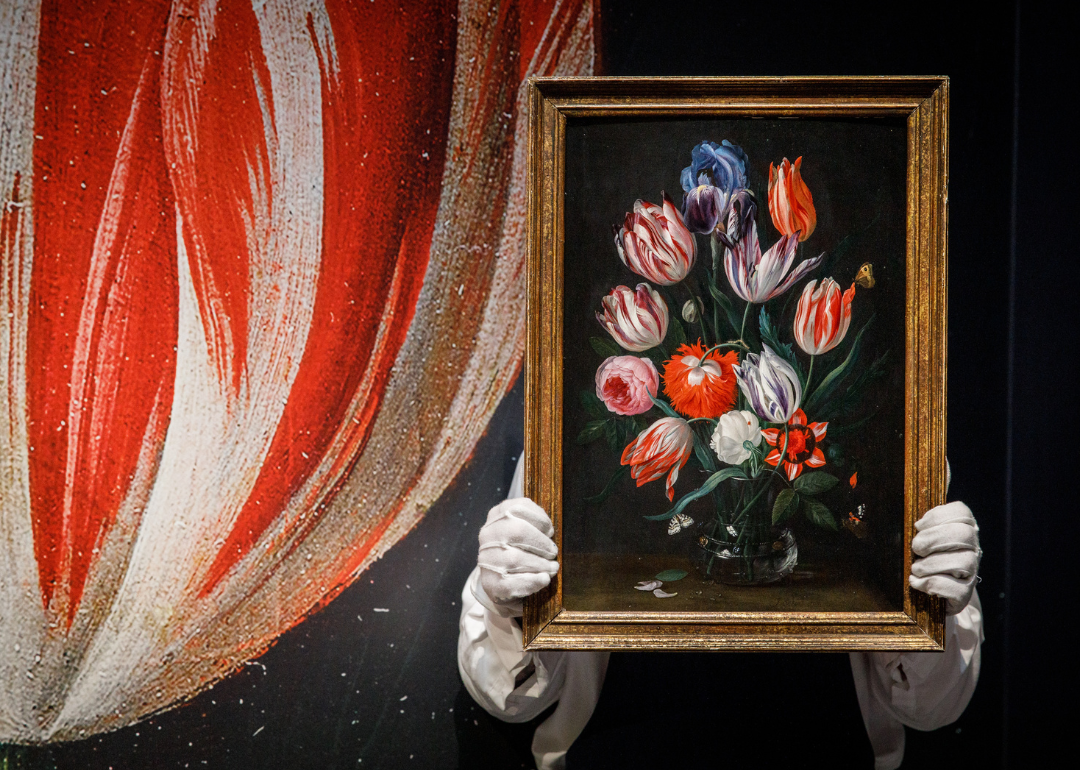
Tristan Fewings // Getty Images for Sotheby’s
10 unexpected alternative investments in luxury goods
Still life of flowers in a vase by Jan van Kessel held by Sotheby’s attendant.
Take a note from financial advisers—don’t work for money, get your money working for you.
Investments in property are typical, as is purchasing hedge fund assets or even helping fund a startup venture that could become the next unicorn tech company. For many investors, once they’ve ticked off these boxes, they may be ready to look outside the box—or the stock market ticker, in this case—and consider some novel ways to diversify their portfolios and grow those three-comma-laden fortunes.
Masterworks.io compiled a list of 10 alternative investments in luxury goods, from different sources such as Forbes, Harvard Business School, Investopedia, and Investor Junkie. For the well-off, having an enviable collection of jewelry, vintage cars, and limited-edition toys and fashion accessories may just come with the lifestyle; but for investors, these top-dollar purchases can also be a smart investment when chosen wisely.
![]()

l i g h t p o e t // Shutterstock
Vintage wine
Close up of vintage wine bottles.
A good bottle of wine is synonymous with the finer things in life, but it could also be a valuable avenue to more riches. If an investor knows their grapes, they could end up with a cellar of tasty investments—one bottle recently sold at a fundraising auction for a record $1 million.
Wine is notoriously difficult to appreciate for the uninitiated, and if you’re more likely to notice the “nose” and “legs” on a person than a glass of wine, you may wonder how you’ll navigate the wine world.
There are wine exchanges where the well-heeled can follow and invest in certain wines, online auctions, and more exotic options like buying wine before it is even sold, something called buying “en primeur.”
A cellar full of top-quality vintages will undoubtedly draw admirers of exquisite taste, but remember, actually tasting these investments will drastically lower their value.
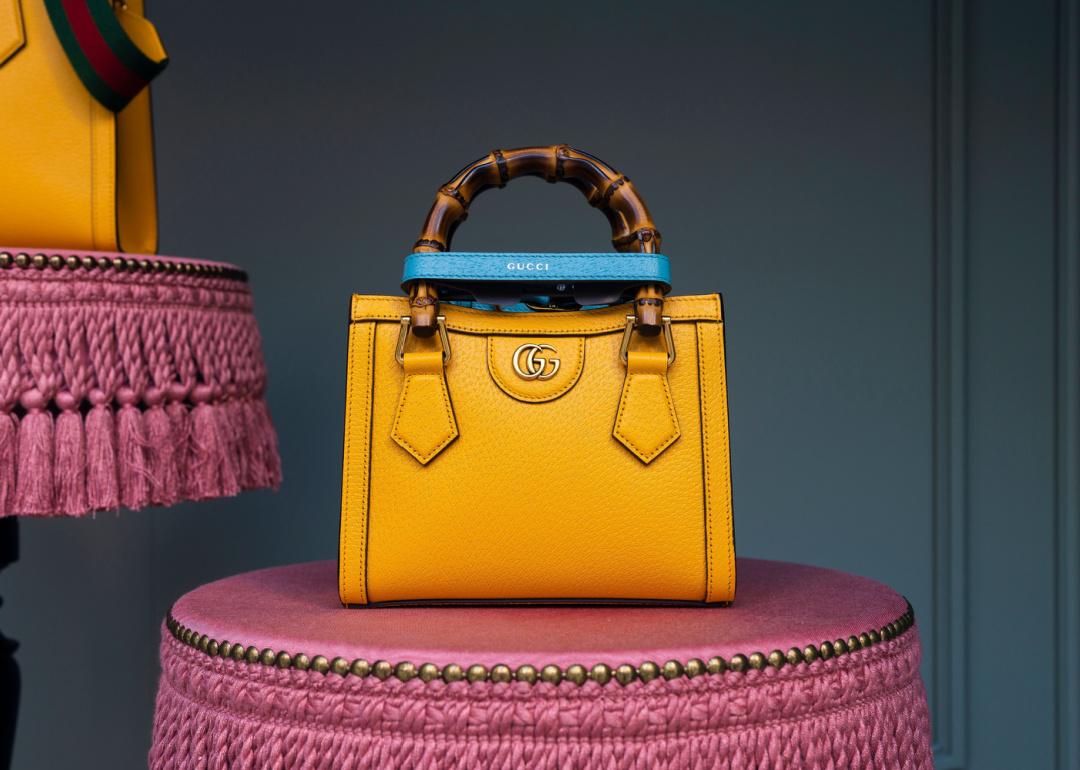
yu_photo // Shutterstock
Handbags
Leather Gucci brand handbag on display.
Designer handbags convey status and have the benefit, to those of a certain class, of being expensive. Sotheby’s reports the average auction prices for new Birkin bags in 2022 ranged from $12,000 to $23,000. If it’s hard to believe that one purse could be so expensive, consider that the smallest bags can be the most expensive bags.
For some, it may be arguable whether buying a fashionably expensive accessory is “an investment” or just an excuse to elicit the envy of other high-fashion devotees. In this case, though, that handbag may be worth the trouble. A report from Credit Suisse and Deloitte found that the financial return on Chanel bags was an 11.8% increase in 2021, and 38% for Birkin bags.
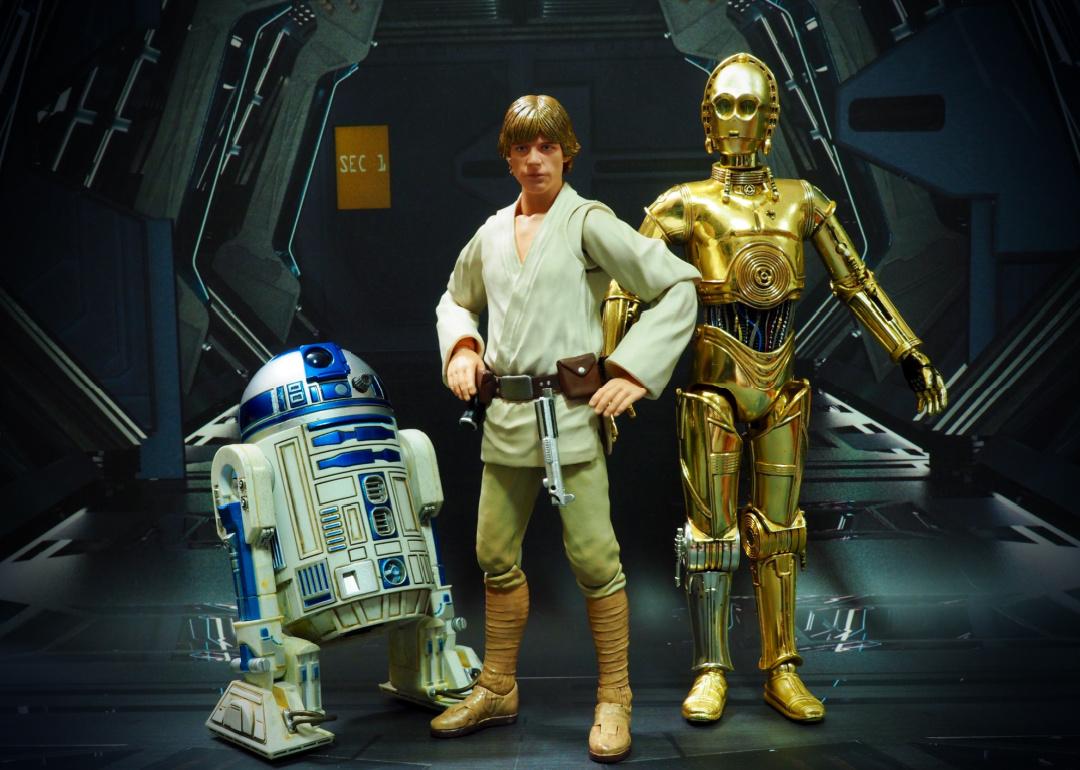
Krikkiat // Shutterstock
Mint-condition toys
A display of Star Wars action figures: R2-D2, Hans Solo and C-3PO.
Many people have childhood memories of being given that toy they’d been dreaming about, or the crushing disappointment of finding out they weren’t actually going to get it. Now that those children have gotten older, some finally have the resources to collect the toys they had dreamed about it as a child. Nostalgia pulls in many collectors as they finally get ahold of a toy they couldn’t quite get their hands on in younger years, or rediscover a beloved childhood toy that was long lost.
The money can be pretty substantial, too: An original Barbie sold for $27,450, an Obi-Wan Kenobi action figure from “Star Wars” was won at auction for $76,700, and a Super Mario Bros. NES cartridge sold for $660,000.
Be warned, though: Not all that brings joy is valuable. If you’re still holding on to that so-called “ultra-rare” Princess Diana Beanie Baby in hopes of funding a new private jet, you should know one recently sold for only $9.
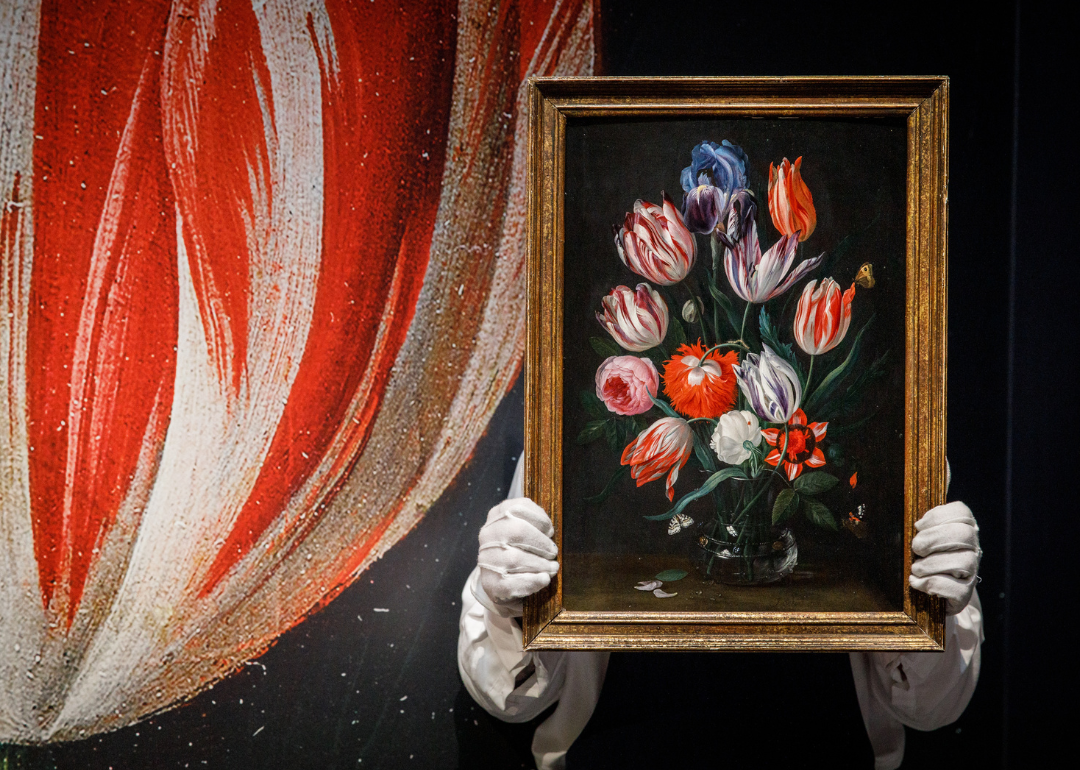
Tristan Fewings // Getty Images for Sotheby’s
Fine art
Still life of flowers in a vase by Jan van Kessel held by Sotheby’s attendant.
The wealthy have stored value in fancy art for millennia, and recent years are no exception. Wealthy people spent an average of $242,000 on art and antiques in the first half of 2021, according to Forbes.
Also, if you believe elegance is about condensing value into a small space, fine art is a fantastic option. “When Will You Marry,” a 40-by-30-inch work painted by Paul Gauguin in 1892, sold for nearly $300 million, or about $250,000 per square inch.
This sort of fine art purchase isn’t just for aesthetics. If you ship that artwork to your home, you could be facing millions in taxes, so an investor will likely ship it to a tax-free storage site to avoid that tax burden and keep those dollars safely in their bank account.
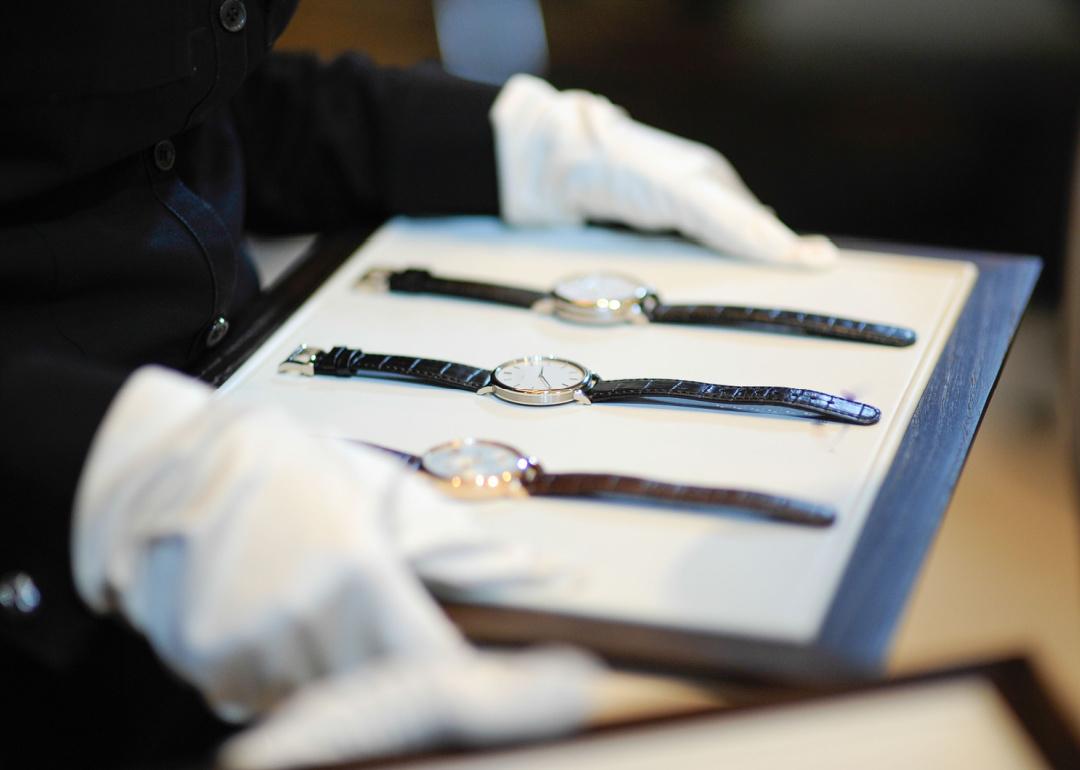
sutsaiy // Shutterstock
Jewelry and watches
White glove presentation of luxury watches.
The arrival of the pandemic coincided with a spike in the value of vintage watches, according to GQ. New watches have pulled in serious modern-day dollars as well, like this watch from Jacob the Jeweler that lists for $620,000.
For those who sneer at the hoi polloi snatching up wrist candy, maybe rare jewels are more their speed. A pink diamond called the CTF Pink Star sold for over $71 million and a blue diamond sold for over $57 million.
Unlike wine or artwork, these are items you can actually use on a regular basis. If new money shouts and old money whispers, there’s no better way to broadcast your recent largesse than these sparkling acquisitions.
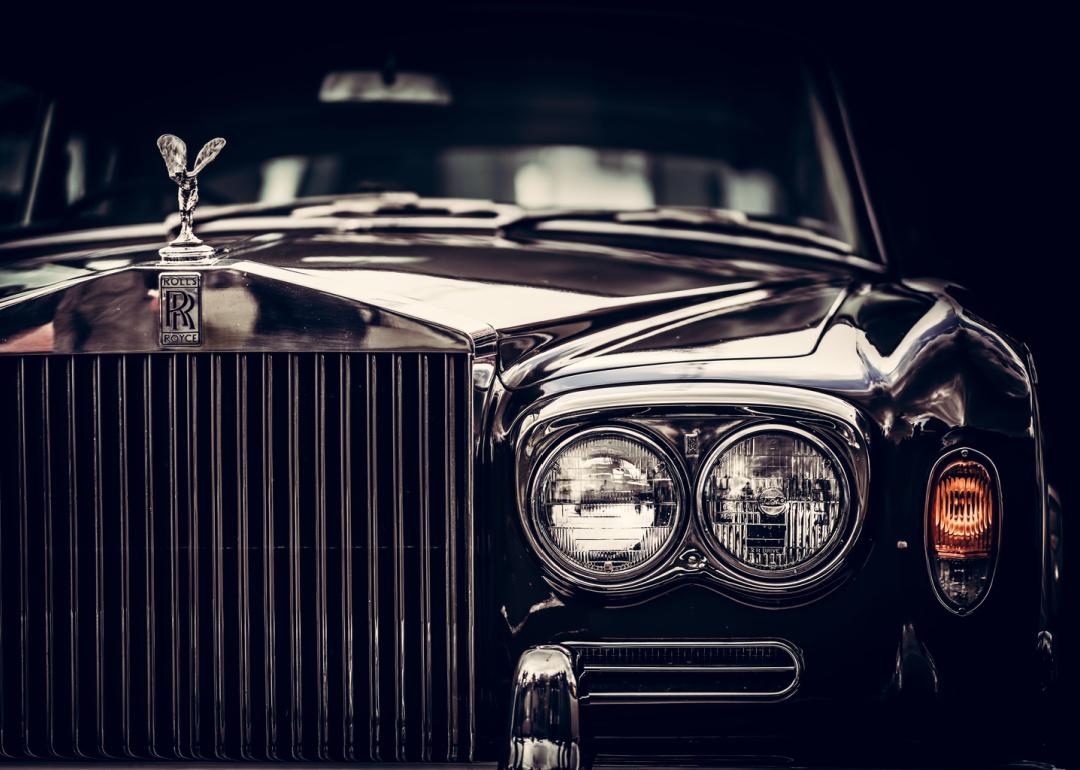
PHOTOCREO Michal Bednarek // Shutterstock
Classic cars
Cropped close up of a black Rolls Royce.
What if you could combine the graceful lines of fine art with the fun of toys? If that experiential portmanteau is what you seek, then look no further than classic cars.
Classic cars rev up the nostalgia and envy of others, and they can have serious value. A rare 1955 Mercedes 300 SLR sold for over $143 million in 2022 and a vintage red 1962 Ferrari 250 GTO sold for $48 million.
Leave it to the common folk to show off their fancy new cars on the internet, like this Pagani Roadster, which sells for a paltry $4 million. You know the journey to make all your Champagne wishes and caviar dreams really come true starts with the throaty purr of a classic engine.

Abigail McCann // Shutterstock
Trading cards
A collection of vintage baseball cards.
The company Verified Market Research says the sports card trading market was worth over $7.8 billion in 2021.
Investing in trading cards can be risky, as they don’t have the same intrinsic value of something like a car—which, even if valueless on the market, could still provide transportation—and so their values can fluctuate more. But you needn’t worry about such trivialities, as the stakes are small compared to other options: according to Yahoo, only two trading cards have ever sold for more than $6 million each.
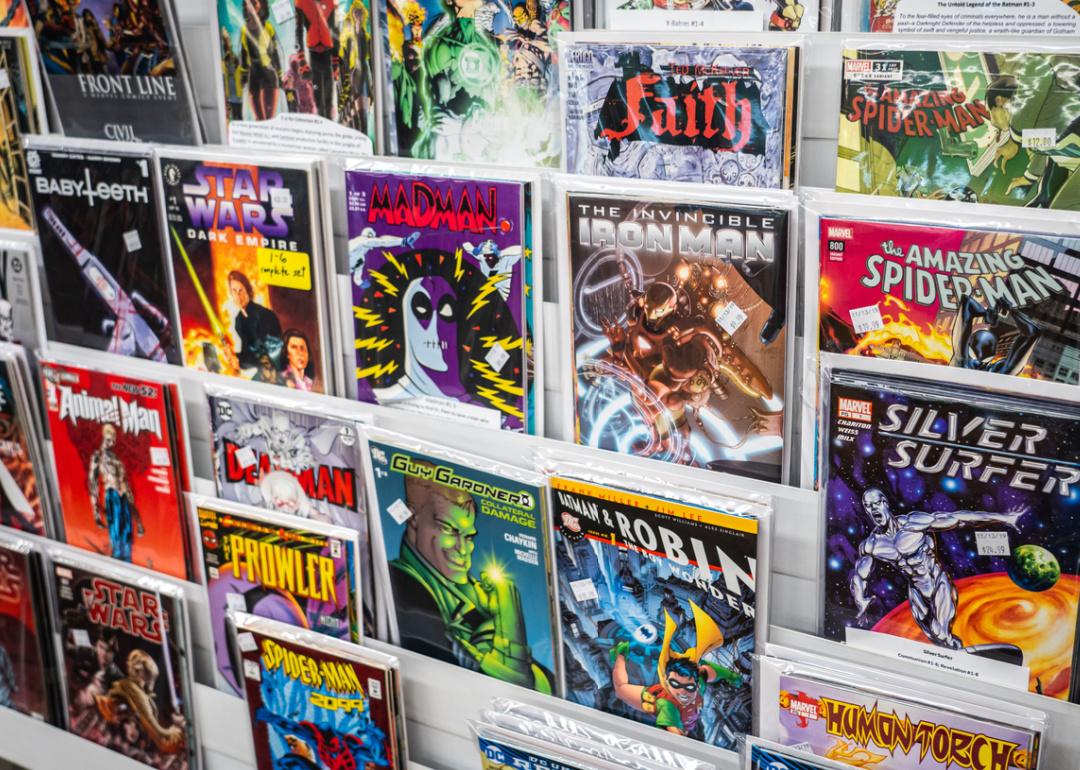
Eudaimonic Traveler // Shutterstock
Comic books
Comic books on display at a retail store.
Even the moderately deep-pocketed can invest in comic books.
The record price for a comic book was a trifling $5.3 million in January 2022 for “Superman #1.” But the returns can be handsome. “Amazing Fantasy 15,” the comic book with the first appearance of Spider-man, sold in 2011 for $110,000 and sold 10 years later for $3.6 million, which is more than 31 times than the original investment.
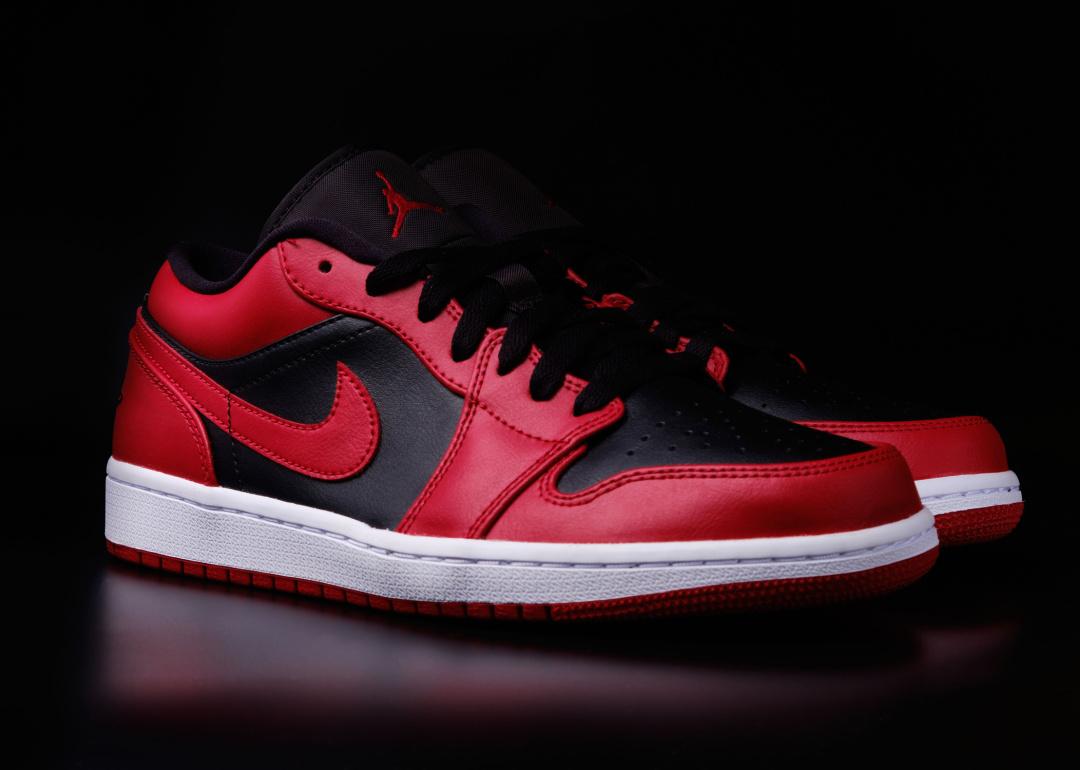
phil_berry r // Shutterstock
Sneakers
Pair of Air Jordan sneakers with black background.
While children from earlier generations may have been enamored with Superman, the younger set shifted their idolatry from figures of fantasy to heroes on the parquet floors of basketball courts.
Perhaps, you think, instead of chasing collectibles deemed valuable in the past, you could look to where future interest may lie. And a growing category of collectibles is sneakers.
Michael Jordan, a fellow member of the three-comma club, not only became an international superstar, but also helped usher in today’s fascination with sneakers. So, it is fitting that the most expensive sneakers ever sold were his, a $615,000 pair from the first-ever Air Jordan line, released after his rookie season.
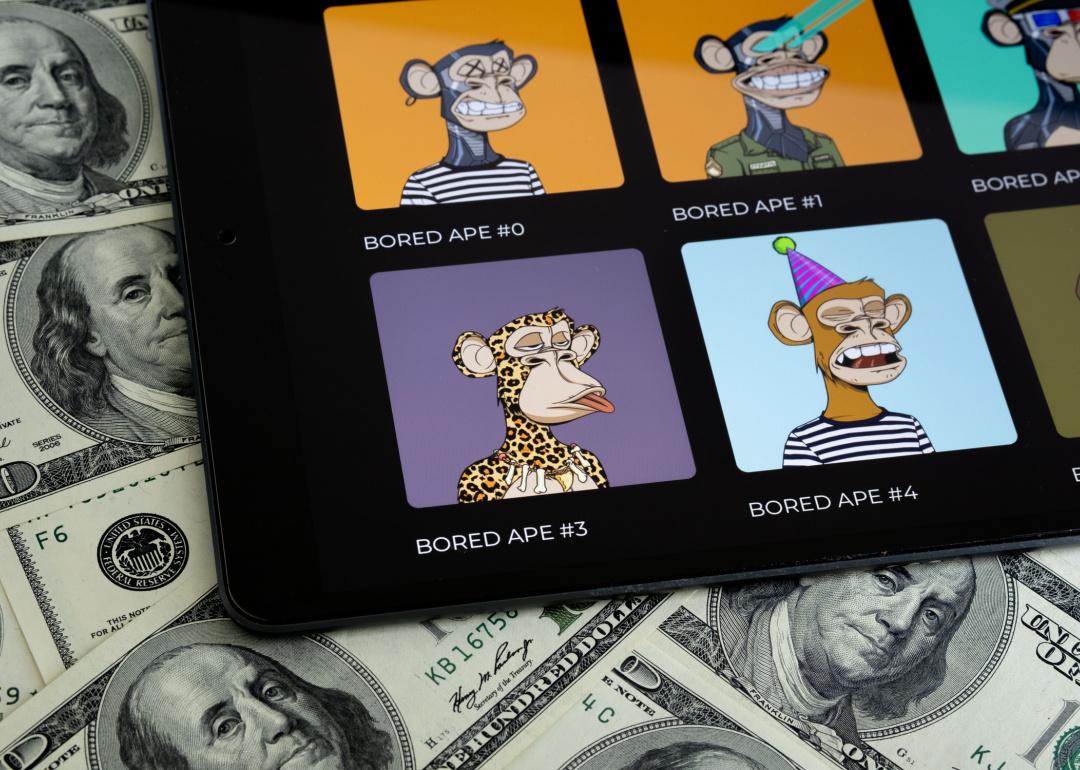
mundissima // Shutterstock
Digital art, also known as non-fungible tokens or NFTs
A digital display showing Bored Ape NFTs on $100 dollar bills.
Long gone are ideas of money being valuable because it is tied to a commodity like gold. Today we live in a world where money has value because someone says it does.
What better way to wrangle growth in your portfolio than by taking the concept of value to a further extreme: taking a digital file and giving it value because a record somewhere says you own it. Welcome to the world of NFTs, or non-fungible tokens.
While NFTs are tied with the cryptocurrency market, and 2022 has seen some rocky times in crypto, you can be sure that you’ll be joined by your fellow fiscally elite. According to Gadgets360, as of 2021, nearly 80% of all NFTs are owned by just a few investors.
This material is provided for educational purposes only. It is not investment advice and should not be the basis of an investment decision.
This story originally appeared on Masterworks.io and was produced and
distributed in partnership with Stacker Studio.